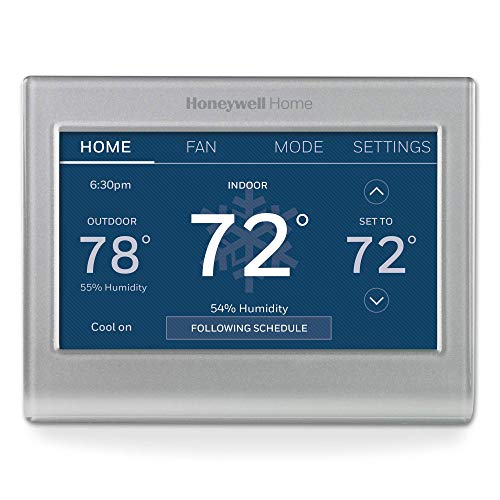The outside component of your AC unit is responsible for releasing the warm air from your home to the outside. Without it, the warm air would have nowhere to go. But, should it run intermittently or continuously, and what are the reasons for this? We researched on your behalf to provide you with the answers.
Yes, you can voluntarily allow your outside cooling AC fan to always run. But sometimes it may always run due to a malfunction that stems from any of the following:
- The fan is switched to ON and not AUTO
- The AC is sized wrongly
- The thermostat is faulty
- Faulty motor and fan
- Blocked and dirty coils
- Leaking ducts
- Low refrigerant
Keep reading to learn why some homeowners would prefer their AC fan to continuously run. We'll also delve into the root causes of an AC malfunction and how to troubleshoot them, as well as the pros and cons of running the fan continuously.
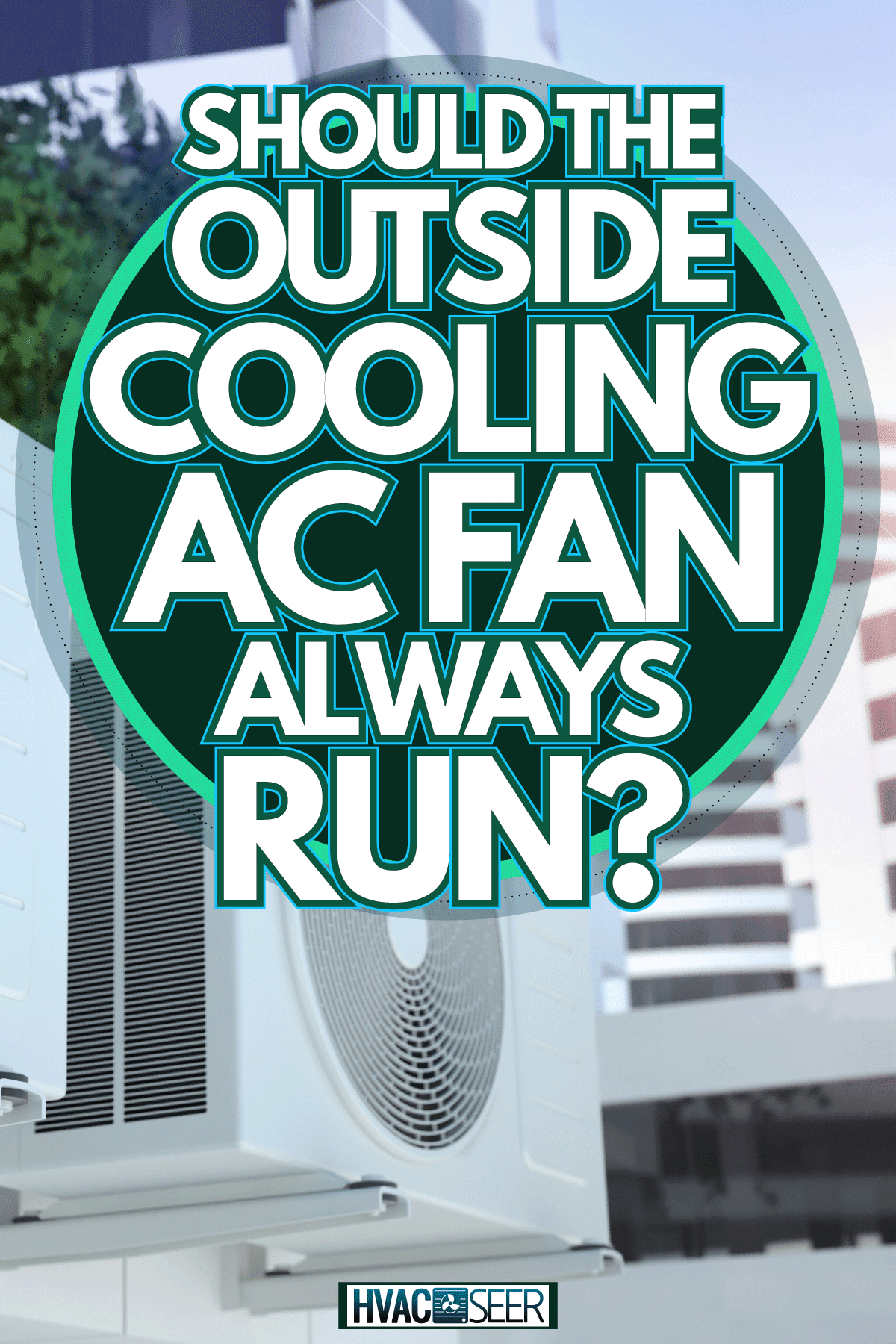
Why Does An Outdoor AC Fan Continuously Run?
While you can leave your outside cooling AC fan to always run, we have outlined below several reasons why your AC fan would not stop running and how to deal with each of them.
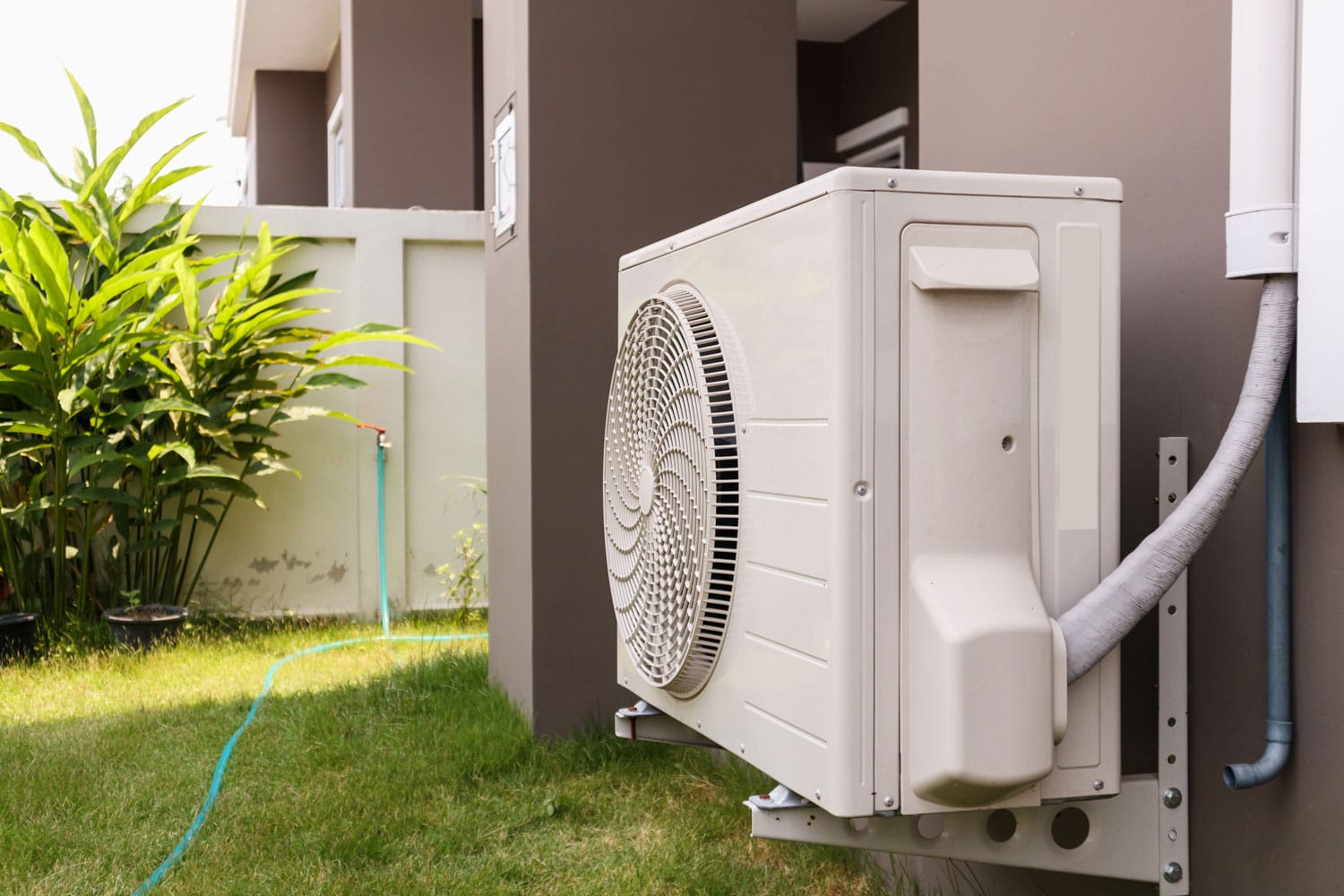
The AC Fan Is Switched To ON And Not AUTO
When you place your thermostat on AUTO, the AC fan will turn on automatically to heat or cool the air. As soon as the temperatures reach the required level, the entire system switches off until the next heating or cooling cycle.
Below are the pros and cons to help you decide whether to turn it to AUTO or ON.
Pros Of Setting Your AC Fan To AUTO
- You will save on energy, translating to lower bills.
- Dehumidification is better because the moisture released from your home has time to drip and drain outside before the next cycle begins. If it runs continuously, the moisture would not get a chance to drip outside but would be drawn back inside your home, causing your AC to work harder at removing the moisture.
- There’ll be minimal wear and tear on the AC components because they won't run constantly.
Cons Of Setting Your AC Fan To AUTO
- The distribution of the air will be uneven. When the air reaches the set temperature, the thermostat turns OFF, causing the air to stop moving.
- The blower motor fan will wear out much faster because of the periodic starts and stops.
Pros Of Setting Your Thermostat To ON
- Distribution of air is even, helping reduce cold or hot spots in your home.
- The starts and stops are fewer; hence the fan will have a longer lifespan.
Cons To Setting Your Thermostat To ON
- Higher costs due to running your fan non-stop.
- Cool air may be released into your home during winter, reducing the much needed warmth.
- Warm air may run into the ducts in your attic or near the outside walls during summer, increasing hot air into your home. Your AC will have to work hard to counteract this.
- Air will constantly blow through the filters, causing them to wear and tear faster. Thus you have to replace them often.
Incorrect AC Or Duct Size

If the AC is too small and cannot meet the conditioning demands of your home, it will run continuously. This is because it is trying to work harder than usual, resulting in wear and tear, and finally causing it to break down.
The wrong duct size can also contribute to this problem as it may not efficiently distribute the air to all parts of your home.
To overcome this, call a certified HVAC professional to calculate your AC load, and size it to the conditioning needs of your home.
If you have a Lennox air conditioner, you may want to know the sizes of such a brand. Check out this post for more details: How Big Is Lennox Air Conditioner?
The Thermostat Is Faulty
If your home has reached the required temperature, but your thermostat cannot display the current condition in your home, then your AC will continue running.
To check if your thermostat is faulty, place a thermometer in the room for close to two hours. If the readings are at the required temperature, meaning it’s different from that on the thermostat, then it’s an indication your thermostat indeed has a problem.
Also, set the thermostat to the desired level, and then check the circuit breaker to ensure it is ON. If it is ON, then your thermostat needs to be replaced.
Read a related post and unravel the reasons your thermostat may not turn ON by clicking on this link: AC Thermostat Not Turning On — What To Do?
See this thermostat on Amazon.
Faulty Blower Motor And Fan
If the blower motor in your AC is not pushing out enough air into the conditioning system, or the fan speed is low, then the system will lose its efficiency and continue running.
You could recoup its normal working condition by adjusting the fan speed. And, since grime can cause the blades to slow down, the solution is to clean them.
Blocked And Dirty Coils
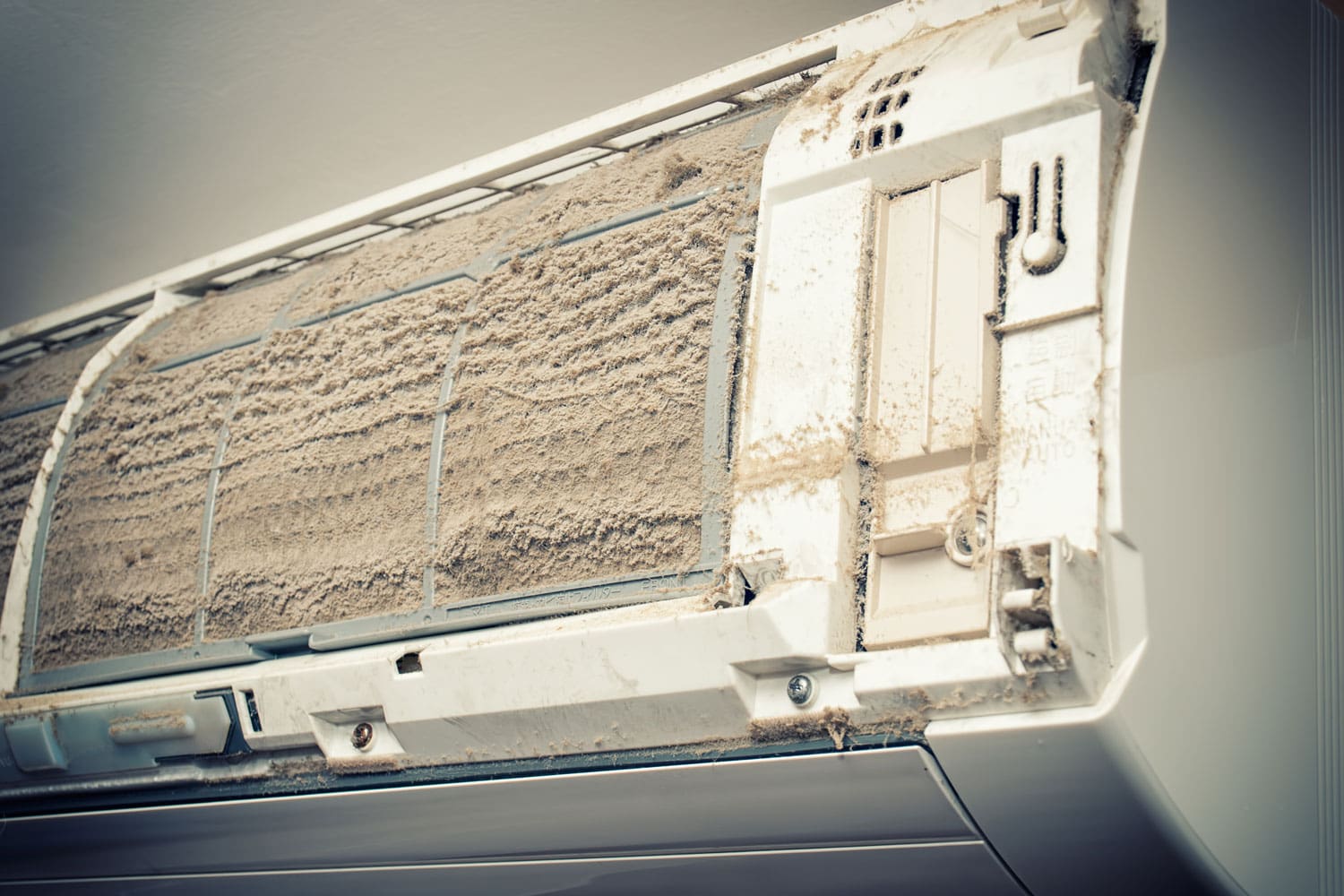
Your outside AC unit is exposed to the weather and elements. Insects, leaves, or even dirt can get trapped inside and around the coils, impeding the flow of air, subsequently causing it to run on.
To take care of this problem, clean it often, more so because it is outside and more vulnerable to unwanted elements finding their way inside the unit.
Leaking Ducts
Due to wear and tear, the ducts in your AC may end up leaking, causing the system to keep running. This is more likely to occur in older units.
To solve this, an AC professional would do better to carry out the repairs.
Low Refrigerant
If your AC has low refrigerant liquid, probably due to a leaking coil, it will run non-stop. In this situation, calling a trained professional to repair it is the best action to take.
Cost Of Repairing Your Outdoor AC Unit
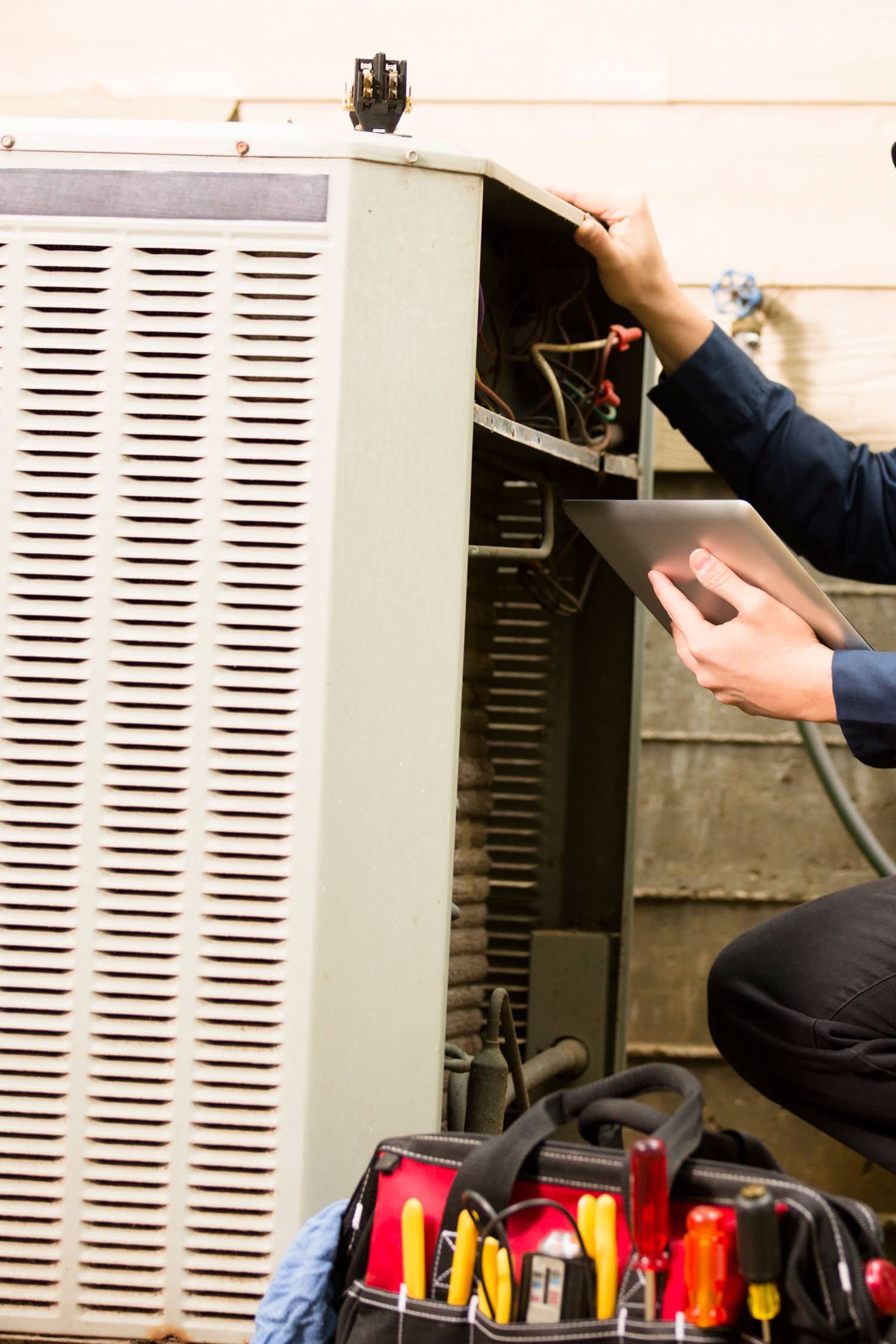
Do you know repairing your air conditioner can cost you as little as $15 to replace a circuit breaker or fuse?
But, it can go to the extremes and cost up to $3,800 or more to replace a vital component of the AC unit. Nationally, repairing an AC unit would cost $384 on average.
Let's look at some of the common problems and repair costs: It would cost between $115 and $470 to replace a thermostat. The total repair cost for a refrigerant leak would be between $225 to $1,600. To replace a blower motor would cost from $150 and $2,000.
The cost of labor is generally between $75 and $150 per hour. It can be higher, though, depending on the magnitude of the job.
For example, the labor costs for replacing a blower motor would cost between $300 and $900 if there are no warranties. On the other hand, it would cost from $200 to $400 to replace the same.
You will spend less if you carry out the repairs on your own. However, if you do not have the necessary skills, you could damage the unit. This may cost you more than you anticipated or intended. Thus, it would be better to call a trained professional and have the surety of a job well done.
In Closing
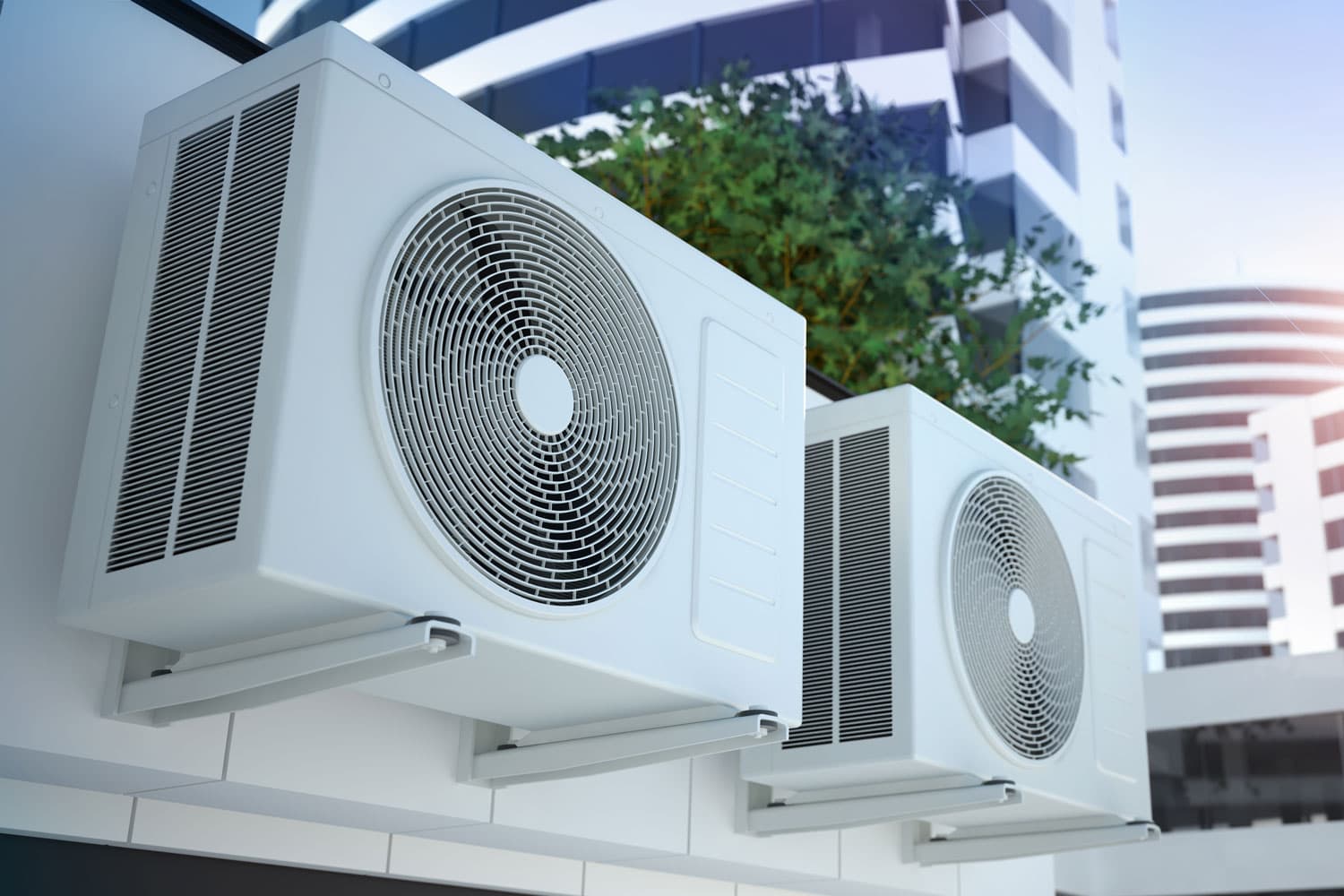
The outdoor AC unit is one of the best appliances for cooling your home. However, it can continuously run if it is not set on AUTO. Setting on AUTO or ON is entirely up to you. But sometimes it can run continuously without any external interference. When this happens, there’s a high likelihood it has stopped functioning normally and will need to be checked and repaired.
The costs of repair vary, depending on the type of repairs needed. You may opt to carry out the repairs, by yourself to save on costs, but do you have the skills?
Unless it’s a minor job like replacing a fuse, it is a good idea to call a trained professional who will do a clean job for you, avoiding any extra costs due to your damages on the unit during repairs.

